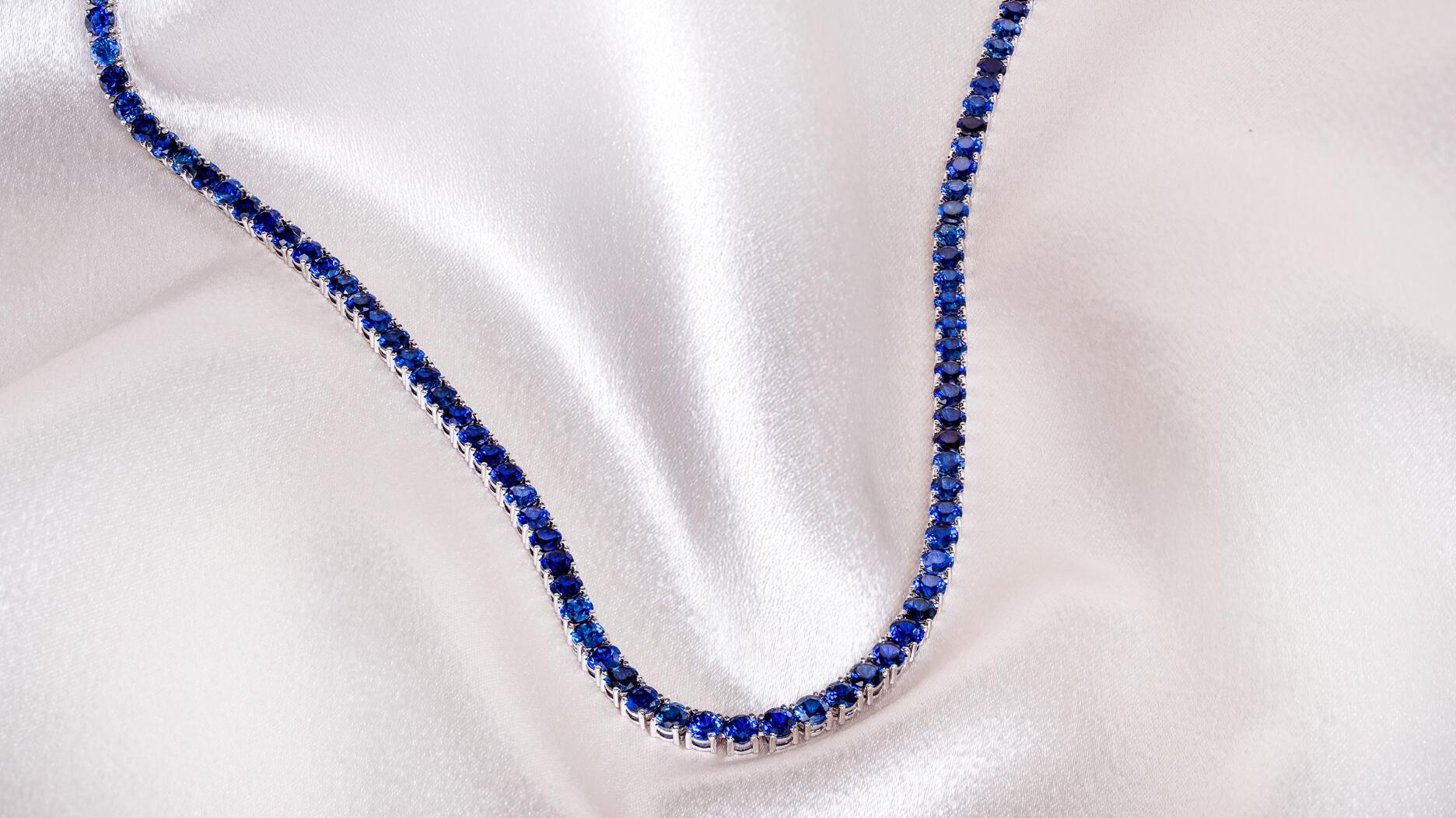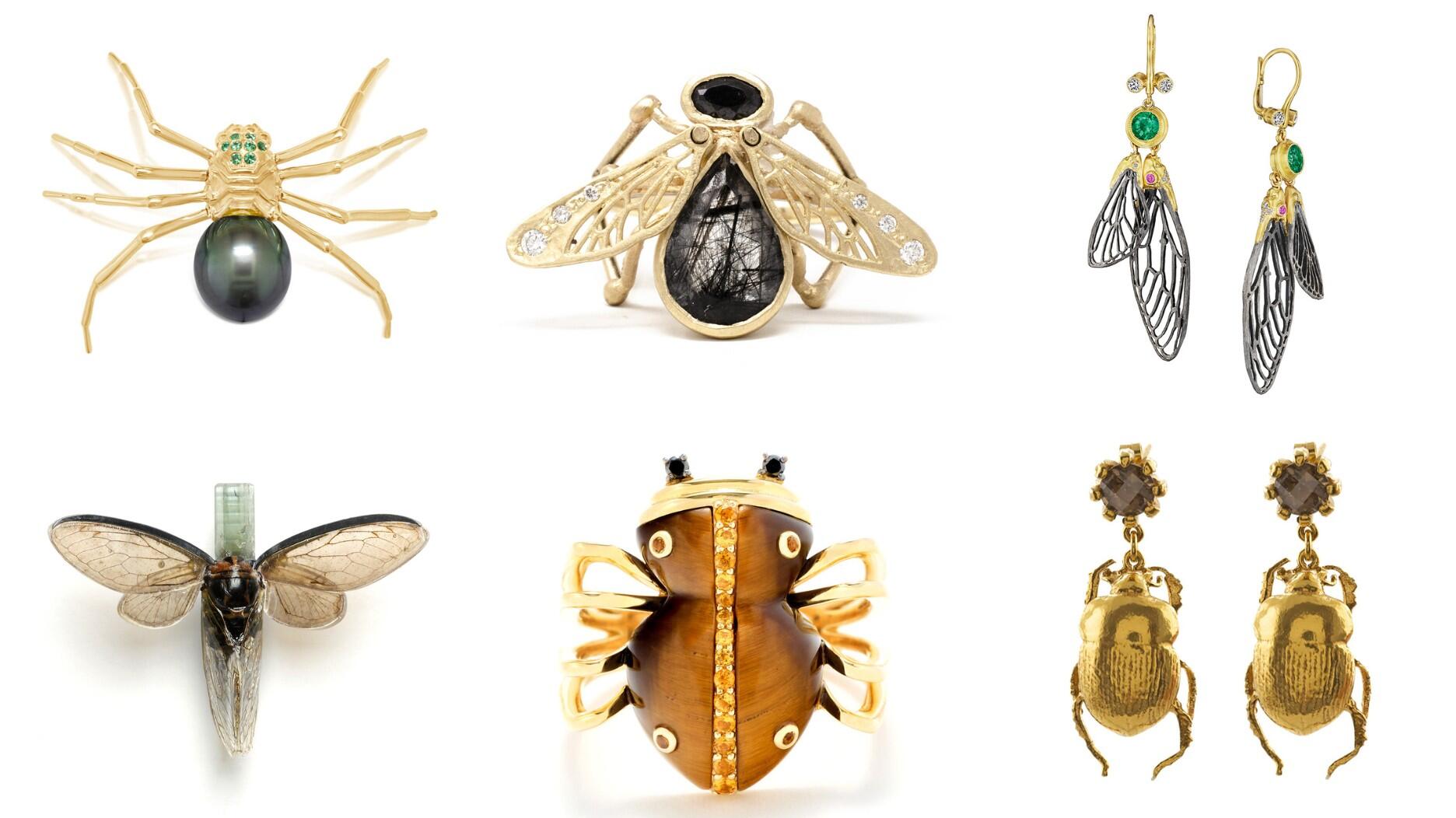Carlos Jose Hernandez and Joshua Zuazo were sentenced to life without the possibility of parole in the 2024 murder of Hussein “Sam” Murray.
The Malaise of Macy’s
One of Macy’s biggest problems has been its inability to convert Kaufmann’s shoppers, Editor-in-Chief (and Western Pennsylvania native) Michelle Graff writes.

I started this blog on Friday after reading numerous reports about the possible sale of Macy’s.
Since then, there has been other major news that’s broken in the retail world.
On Sunday, Tiffany & Co. announced that CEO Frederic Cumenal was stepping down and would be temporarily replaced by Chairman and former CEO Michael Kowalski while the jeweler hunts for a permanent leader.
Though some news outlets seemed shocked by the news, I wasn’t.
The retailer’s sales have been, to coin Kowalski, disappointing. Worldwide net sales rose 1 percent, declined 6 percent and 7 percent in the last three quarters, and Tiffany has posted poor holiday performances back-to-back.
I don’t think it’s hard to understand why Cumenal no longer has the corner office, or why another big jewelry retailer, Signet Jewelers Ltd., also recently changed up its senior management after its holiday season was less than stellar.
Retail is changing and retailers--particularly public companies that have to answer to shareholders--have to change with it.
So, while I may return to the topics of Signet and/or Tiffany at a later date, for now I want to talk about Macy’s, Retail Dive and an interesting conversation I recently had with my mother.
While reading multiple stories about the murky future of Macy’s on Friday, I came across this excellent analysis from RetailDive.com.
In her article, Contributing Editor Daphne Howland argues that what’s killing Macy’s isn’t competition from Amazon or off-price outlets but, rather, Federated Department Stores’ (which later changed its name to Macy’s) 2005 purchase of The May Company.
The acquisition left the retailer over-stored and unable to offer exactly what customers want in every market.
Federated/Macy’s bought up “thriving” regional chains--like Kaufmann’s in Western Pennsylvania, a retail staple of my youth--with roots in their respective communities and made them “cogs in a machine,” the articles states.
The story struck a chord with me because of a recent conversation I had with my mother, in which we got to talking about the state of retail where I grew up, in Beaver County, Pennsylvania.
Mom was telling me how she’d read in the local newspaper (long live print journalism!) that the Macy’s store in the Beaver Valley Mall--which I made famous via this blog before--was one of the many Macy’s that closed at the end of last year.
She wasn’t surprised to read that Macy’s was shutting down because it
To my mom, the store went downhill after it was converted from Kaufmann’s into Macy’s; she never saw much in there that she wanted to buy and the store itself wasn’t as nice either.
And, Mom said, a lot of other people in the area felt the same way.
Kaufmann’s had deep local roots.
Founded by 1871 by Jacob and Isaac Kaufmann, the department store was part of the fabric of Western Pennsylvania for decades. There’s the iconic clock in downtown Pittsburgh (“Meet me under the Kaufmann’s clock.”) and Fallingwater, the amazing Frank Lloyd Wright-designed weekend home the Kaufmann family had built in Mill Run, Pennsylvania, a must-see if you ever get to the area.
There really wasn’t any way for Macy’s to emulate that and, as a result, what ended up happening is exactly what my mom observed: People really never came to love Macy’s the way they loved Kaufmann’s.
My mom’s musings on Macy’s sum up perfectly the point that was made in the Retail Dive article.
The retailer got too big to deliver any kind of personalized experience to customers, to stock each store with merchandise that suited them and to make area residents feel that Macy’s knew what they liked.
And, it seems, this lack of personalization was especially detrimental to Macy’s in Midwest metropolitan regions like Pittsburgh, as this is where Macy’s is expected to close the most stores, according to Retail Dive.
Retail today is so different and so difficult that I cannot offer jewelers a panacea, a single solution for all their store’s problems. I cannot say that being a town’s “local jeweler” will save a store because, as we’ve seen, longtime family-owned retailers are closing down too.
And I cannot say that remaining a Kaufmann’s would have saved this specific store, given the long, slow economic decline of the area surrounding it and the myriad challenges facing brick-and-mortar retailers today, particularly those situated in aging malls.
But I think what can be learned from Macy’s is that for retailers, local/regional names do carry weight among area residents and aren’t necessarily so easily replaced.
As National Jeweler columnist Peter Smith stated when commenting on this story about San Francisco retailer Shreve & Co. closing the Portland, Oregon storeit opened in the space once occupied by 88-year-old store Carl Greve Jewelers: “I wonder if things would have been different if they had kept the Carl Greve name? Shreve’s had no awareness in that market. Sad to see.”
There is value in having a connection to the community and in knowing exactly what your customers want.
The Latest

Yood will serve alongside Eduard Stefanescu, the sustainability manager for C.Hafner, a precious metals refiner in Germany.

The New Orleans jeweler is also hosting pop-up jewelry boutiques in New York City and Dallas.

How Jewelers of America’s 20 Under 40 are leading to ensure a brighter future for the jewelry industry.

Set in a Tiffany & Co. necklace, it sold for $4.2 million, the highest price and price per carat paid for a Paraíba tourmaline at auction.


The jeweler’s “Deep Freeze” display showcases its iconic jewelry designs frozen in a vintage icebox.

Take luxury gifting to new heights this holiday season with the jeweler’s showstopping 12-carat sphene ring.

Roseco’s 704-page catalog showcases new lab-grown diamonds, findings, tools & more—available in print or interactive digital editions.

This year's theme is “Unveiling the Depths of the Ocean.”

In its annual report, Pinterest noted an increase in searches for brooches, heirloom jewelry, and ‘80s luxury.

Starting Jan. 1, customers can request the service for opal, peridot, and demantoid garnet.

The 111-year-old retailer celebrated the opening of its new location in Salem, New Hampshire, which is its third store in the state.

The new catalog features its most popular chains as well as new styles.

The filmmaker’s personal F.P. Journe “FFC” prototype was the star of Phillips’ recent record-setting watch auction in New York.

The new location in the Design District pays homage to Miami’s Art Deco heritage and its connection to the ocean.

Inflations, tariffs, and politics—including the government shutdown—were among consumers’ top concerns last month.

“Longtime favorite” presenters, as well as first-time speakers, will lead talks and workshops at the annual event in Tucson next year.

Silas Smith of Meridian Metalworks won the challenge with his pendant that blends Australian and American landscapes.

The sale of the 31.68-carat, sunset-hued stone was part of Sotheby’s first series of events and auctions in Abu Dhabi.

Most customers who walk into your store this month have made up their minds. Your job is to validate their choice, Emmanuel Raheb writes.

The collection features characters and motifs from Ukrainian folklore, including an enchanted mirror and a magic egg.

MatrixGold 3.11, the newest version of the jewelry design program, offers more flexibility, precision, and creative control.

The pavilion will be part of the 2026 JA New York Spring show, scheduled for March 15 to 17.

Kadet, a 1994 National Jeweler Retailer Hall of Fame inductee, helped grow the family-owned retailer in the Chicago area and beyond.

Billed as the world’s smallest wearable, Lumia Health’s new smart earrings have a health tracker subtly embedded in the back.

Don’t let those with December birthdays feel blue. Help them celebrate their month with blue zircon, turquoise, and tanzanite.

The new pink sapphire version of the piece dances with its wearer in the brand’s “Icons After Dark” holiday campaign.


























